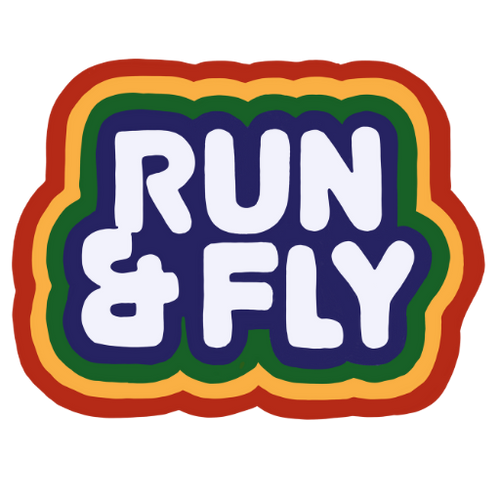We get asked this all the time so we thought we would go in depth on the differences between corduroy and twill fabric and why we offer both.
First corduroy.
.
Corduroy is a textile with a distinct pattern, a "cord" or wale. Modern corduroy is most commonly composed of tufted cords, sometimes exhibiting a channel (bare to the base fabric) between the tufts. Both velvet and corduroy derive from fustian fabric and have a similar feel to them. The fabric looks as if it is made from multiple cords laid parallel to each other and then stitched together. The word corduroy is from cord and duroy, a coarse woollen cloth made in England in the 18th century.
As a fabric, corduroy is considered a durable cloth. . The width of the cord is commonly referred to as the size of the "wale" (i.e. the number of ridges per inch). The lower the "wale" number, the thicker the width of the wale (e.g., 4-wale is much thicker than 11-wale). We use an 11 wale thickness so its not too heavy and you don't resemble a Geography teacher in the 90's.
Corduroy is made by weaving extra sets of fibre into the base fabric to form vertical ridges called wales. The wales are built so that clear lines can be seen when they are cut into pile.

Twill is a type of textile weave with a pattern of diagonal parallel ribs. It is one of three fundamental types of textile weave along with plain weave and satin. It is made by passing the weft thread over one or more warp threads then under two or more warp threads and so on, with a "step," or offset, between rows to create the characteristic diagonal pattern.
The fewer interlacings in twills as compared to other weaves allow the yarns to move more freely, and therefore they are softer and more pliable, and drape better than plain-weave textiles. Twills also recover from creasing better than plain-weave fabrics do so less ironing needed. When there are fewer interlacing, the yarns can be packed closer together to produce high-count fabrics. With higher counts, including high-count twills, the fabric is more durable, and is air- and water-resistant.
We make two different types of twill too. Some that is 100% cotton and some with a bit of elastic in which makes it stretchy. We now know you all prefer the twill stretch so going forward we will incorporate this in our designs whenever we can!

